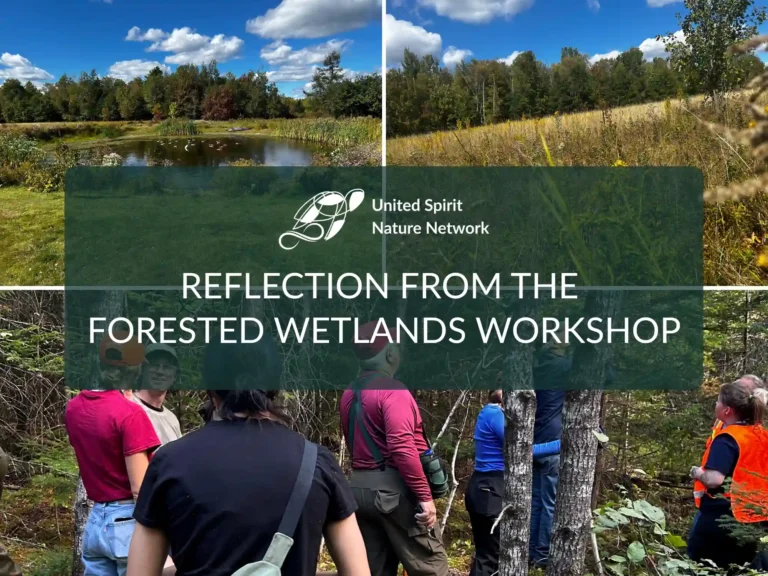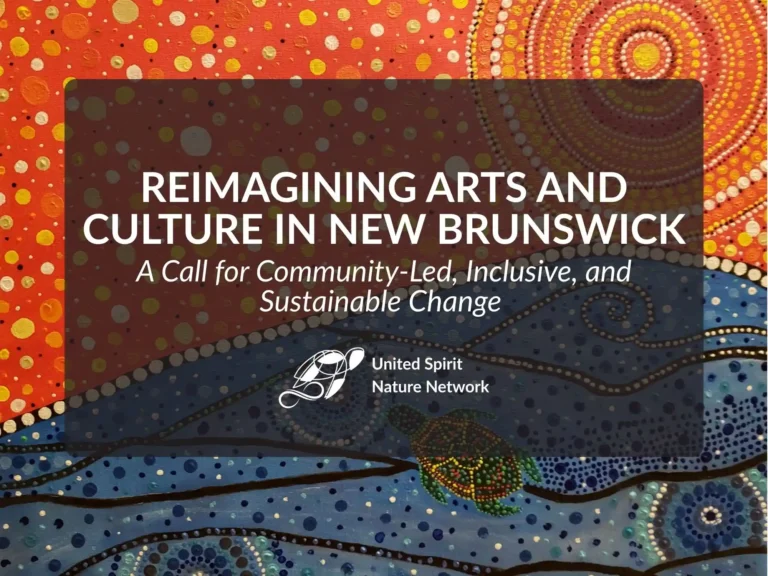The Environmental Scientist’s View: Why the Bill Raises Red Flags
Bill C-5’s new Building Canada Act lets Cabinet designate projects “of national interest,” then compress every federal review into a single two-year window that focuses on how to build, not whether to build. That matters because:
- Environmental assessments can be bypassed or narrowed. Henry VIII clauses let Ministers decide which existing laws still apply. Losing the full Impact Assessment Act process removes climate tests, cumulative-effects analysis and public hearings, exactly the guardrails Canada added in 2019 after hard-learned lessons such as the Mount Polley tailings disaster.
- Biodiversity & climate commitments are at risk. Fast-tracking mines, ports and pipelines before robust risk mapping could lock in carbon-heavy infrastructure and fragment critical habitats just as Canada tries to hit its 2030 emissions and 30-by-30 conservation targets.
- Indigenous consent is blurred. The Bill promises consultation, but not the free, prior and informed consent (FPIC) Canada endorsed under UNDRIP. Chiefs warn the result could be protracted court battles and blockades, delays that defeat the Bill’s very purpose.
Bottom line: The environment isn’t just another stakeholder; it is the life-support system. Truncating science and sidelining Indigenous stewardship increases ecological and legal risk, both forms of “red tape” that tend to snap back harder when ignored.
The Economist’s View: Where the Growth Story Comes From
From a macro lens, C-5 tackles two big friction points:
| Policy lever | Expected economic lift |
| Free Trade & Labour Mobility Act – mutual recognition of provincial rules | Cuts compliance costs, raises labour productivity; internal trade liberalization could add 1–2 % to GDP according to Business Council modelling |
| Fast-tracked “national interest” projects | Up-front certainty attracts private capital; government briefings pitch ~330 k jobs/yr for seven years and quicker paths to critical-mineral export revenues |
In addition, uniform credential recognition makes it easier for skilled trades and health-care workers to cross provincial borders, easing labour shortages and supporting wage growth. If Ottawa coordinates rail, port and clean-energy corridors, Canada may diversify away from volatile U.S. demand and capture “friend-shoring” opportunities in EV supply chains, something rating agencies flag as positive for sovereign resilience.
The Citizen’s View: How This Could Hit Daily Life
Polling says 74 % of Canadians like the idea of getting shovels in the ground faster, but half oppose skipping environmental reviews and a third worry about sidelining provinces. As a resident, I feel:
- Pros:
- Cheaper goods if inter-provincial “buy Canadian” barriers drop.
- Faster delivery of clean power lines and affordable housing builds.
- Potential equity stakes for Indigenous communities, if done right.
- Cons:
- Less voice in projects that cross my watershed or treaty territory.
- Fear of rubber-stamp politics is eroding trust in regulators.
- Long-run climate costs that my daughter will inherit if carbon-heavy megaprojects slide through.
In short, I welcome efficiency, but not at democracies or ecology’s expense.

Finding the Sustainability Sweet Spot
To move from polarization to “three-wins” governance (environment + society + economy), C-5 needs a course-correction, not wholesale repeal. A balanced package could include:
- Two-Tier Review Clock: keep the 24-month cap only for projects that clear an upfront climate-aligned screening (e.g., net-zero by 2050 pathway). Carbon-incompatible projects default to full IA process.
- FPIC & Co-Decision Protocols: embed Indigenous governments as co-regulators with statutory veto where section 35 rights are at stake, offset by revenue-sharing and equity loan guarantees to ensure communities can say “yes, and we benefit.”
- One-Project-One-Database: real-time publication of data, modelling and compliance conditions so citizens can audit performance—transparency reduces litigation risk.
- Circular-Economy Preference: priority list must favour projects delivering biodiversity net gain, recycled-material inputs, and community resiliency (e.g., flood-proof transit, distributed renewables).
- Sunset & Review Clause: require a five-year parliamentary review so lessons learned can adjust the Act before it ossifies.
Verdict
Is Bill C-5 “true harm”? In its current form, yes—because it shifts the burden of proof away from precaution just when climate and reconciliation demand more, not less, diligence.
Can it be re-engineered to serve all three pillars? Absolutely. The center-point is a “fast and fair” model: expedite only those projects that prove they advance climate goals, uphold Indigenous rights, and deliver broad-based prosperity. Anything less merely accelerates the wrong race.
Your turn: Demand your MP support amendments that lock environmental integrity and Indigenous authority into the fast-track, not outside it. That way, Bill C-5 can become a bridge, not a bulldozer.
- Parliament of Canada. 2025. Bill C-5 (One Canadian Economy Act): First Reading Text. June 6.
https://www.parl.ca/documentviewer/en/45-1/bill/C-5/first-reading parl.ca - Government of Canada – Intergovernmental Affairs. 2025. “Implementation of Bill C-5: One Canadian Economy (Backgrounder).” June 26.
https://www.canada.ca/en/intergovernmental-affairs/news/2025/06/implementation-of-bill-c-5-one-canadian-economy.html canada.ca - Mehler Paperny, Anna, and Wa Lone. 2025. “Canada Approves Law to Fast-Track Resource Projects, Faces Indigenous Opposition.” Reuters, June 26.
https://www.reuters.com/markets/commodities/canadian-senate-approves-law-fast-track-major-resource-projects-2025-06-26/ reuters.com - The Canadian Press. 2025. “Major Projects: How Bill C-5 Works and Why It Alarms Its Critics.” Daily Commercial News / ConstructConnect, June 27.
https://canada.constructconnect.com/dcn/news/government/2025/06/major-projects-how-bill-c-5-works-and-why-it-alarms-its-critics canada.constructconnect.com - Angus Reid Institute. 2025. “Bill C-5: Canadians Support Fast-Tracking Projects, but Conflicted Over Individual Elements of the Legislation.” June 26.
https://angusreid.org/bill-c5-carney-infrastructure-indigenous-environmental-laws-national-importance-projects/ angusreid.org - Assembly of First Nations. 2025. “National Virtual Forum on Bill C-5, the Building Canada Act (Bulletin).” June 17.
https://afn.ca/all-news/bulletins/national-virtual-forum-on-bill-c-5-the-building-canada-act/ afn.ca - International Monetary Fund. 2019. Internal Trade in Canada: Case for Liberalization (Working Paper WP/19/158).
https://www.imf.org/en/Publications/WP/Issues/2019/07/22/Internal-Trade-in-Canada-Case-for-Liberalization-47100 imf.org - Hatt, Charlie. 2025. “Carney Government Needs to Go Back to the Drawing Board on Fast-Tracking Bill C-5’s Building Canada Act.” Ecojustice Blog, June 13.
https://ecojustice.ca/news/carney-government-needs-to-go-back-to-the-drawing-board-on-fast-tracking-bill/ ecojustice.ca - Climate Action Network Canada. 2025. “Environmental and Civil Society Groups React: Bill C-5 Becomes Law, Setting a Dangerous Precedent.” June 27.
https://climateactionnetwork.ca/environmental-and-civil-society-groups-react-bill-c-5-becomes-law-setting-dangerous-precedent/ wcel.org - The Tyee. 2025. “‘Ass Backwards’: Canada’s New Legal Posture Post-Bill C-5.” June 24.
https://thetyee.ca/News/2025/06/24/Ass-Backwards-Canada-Bill-C-5/ thetyee.ca








